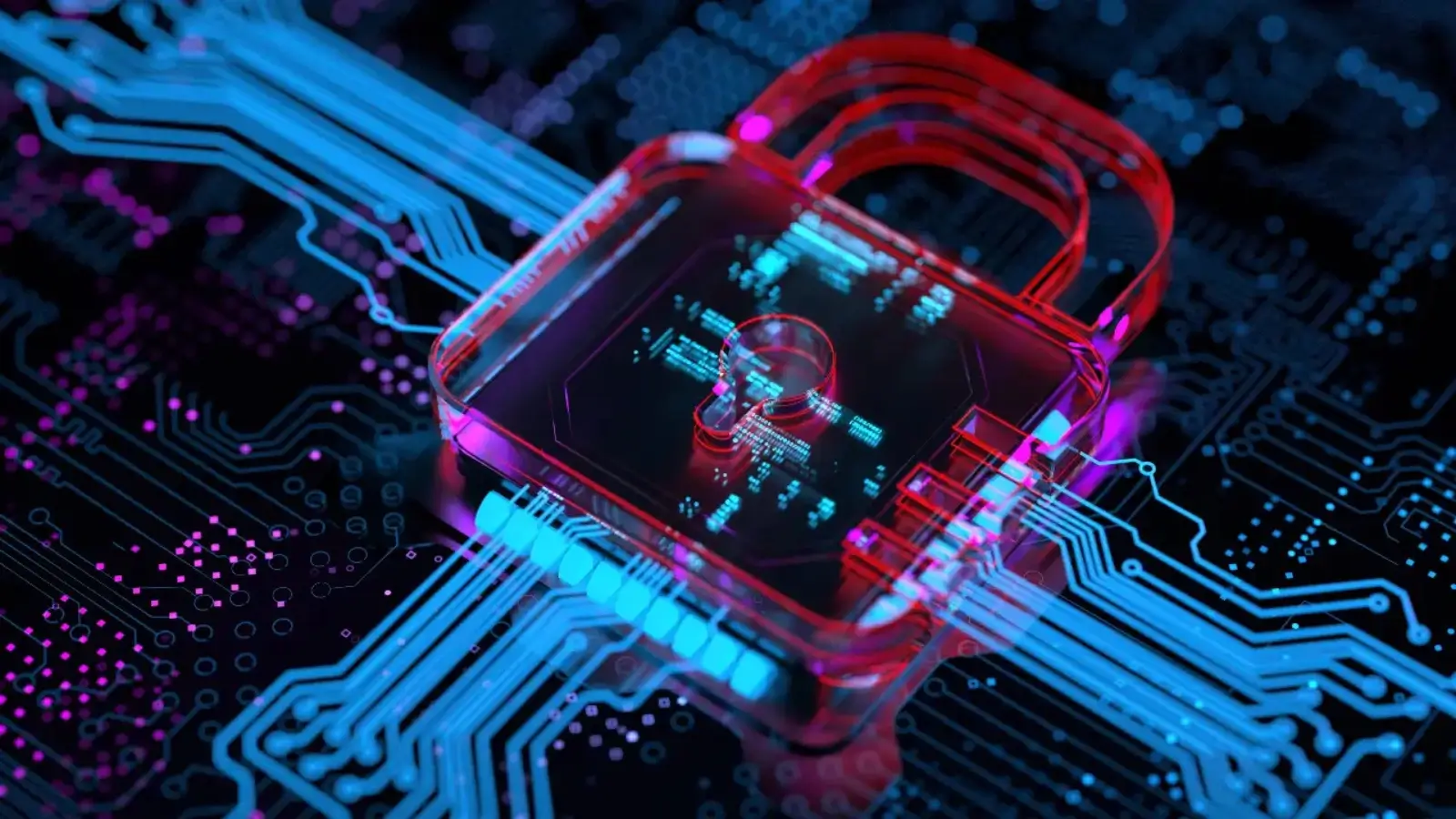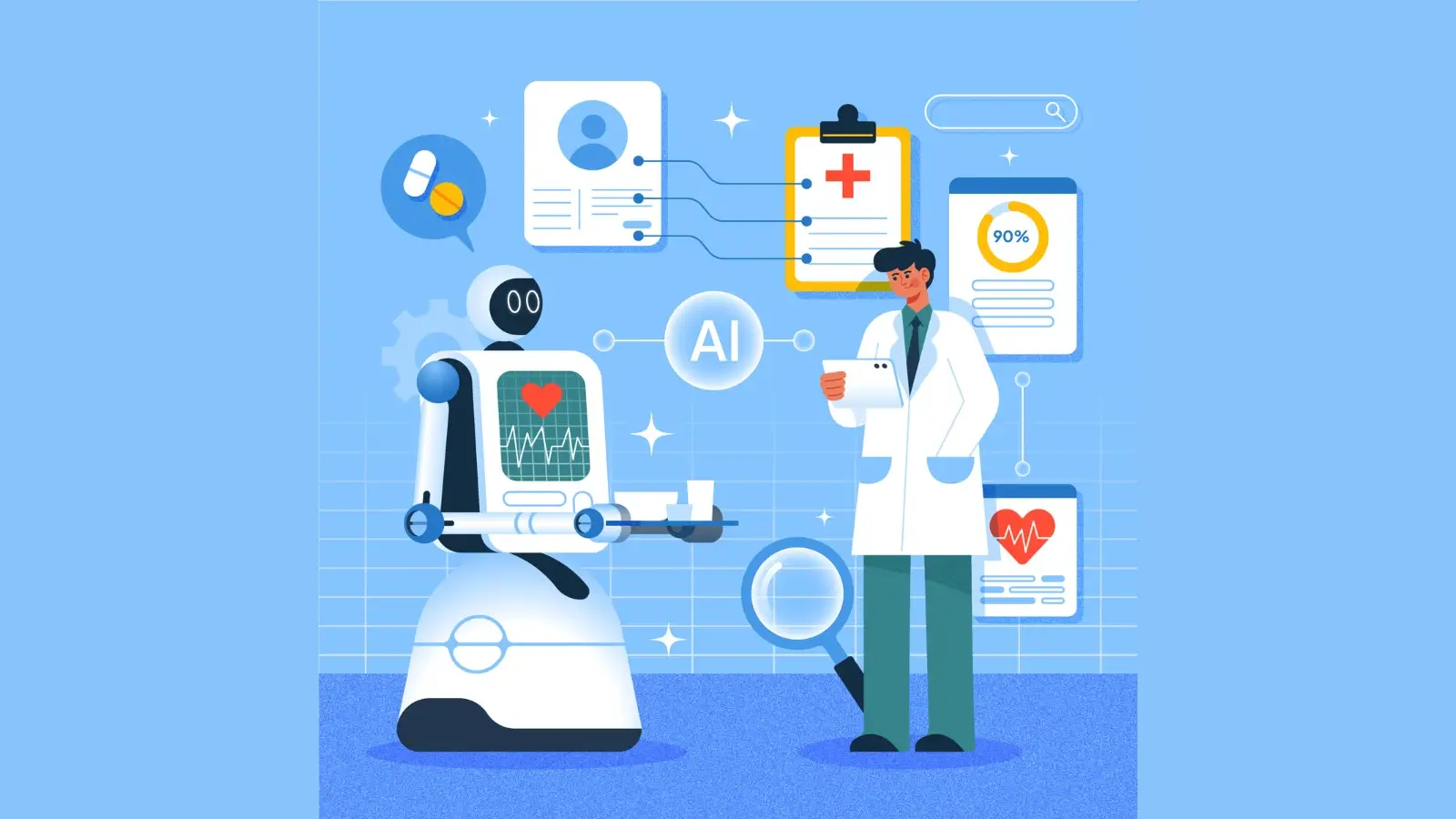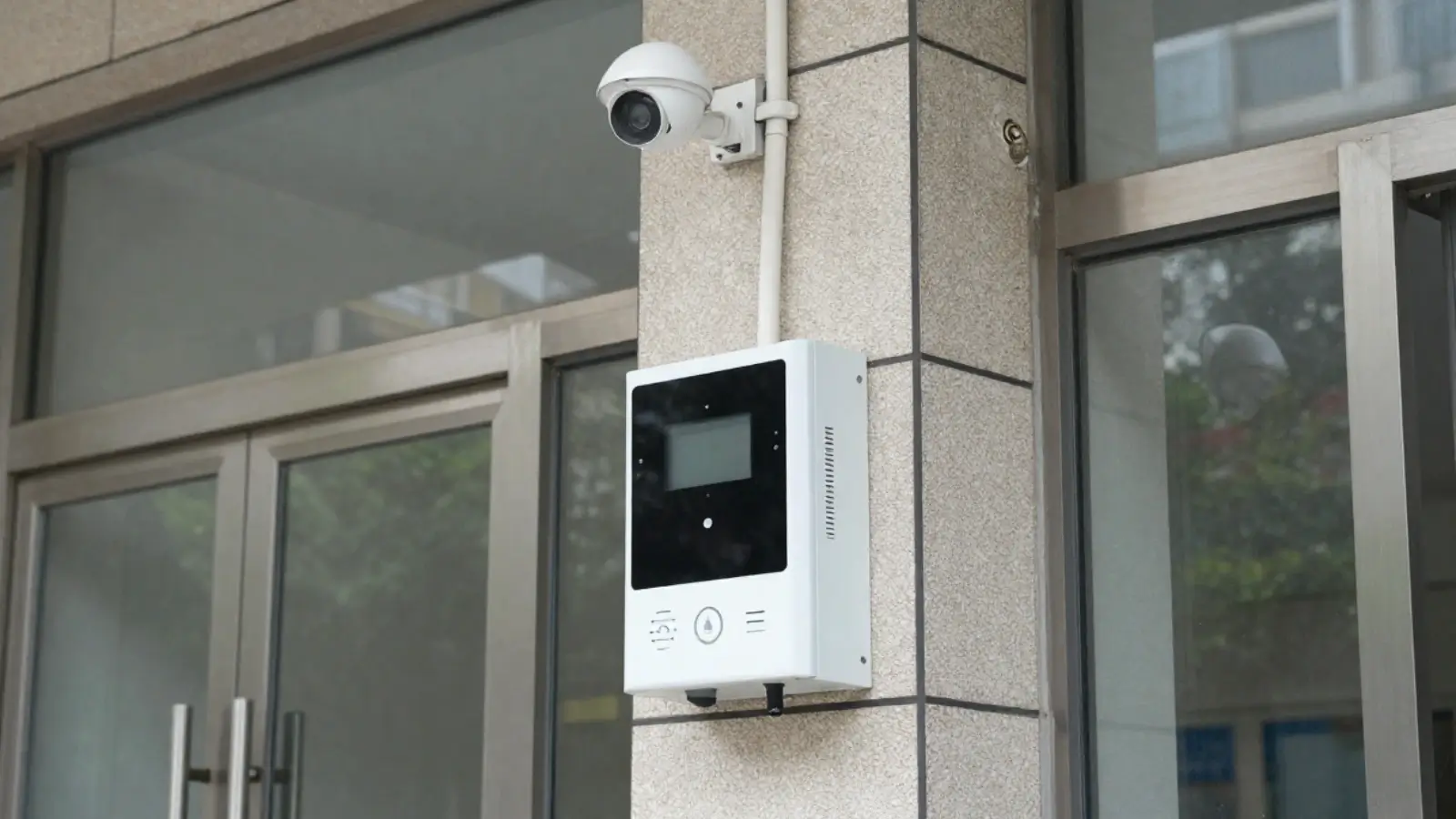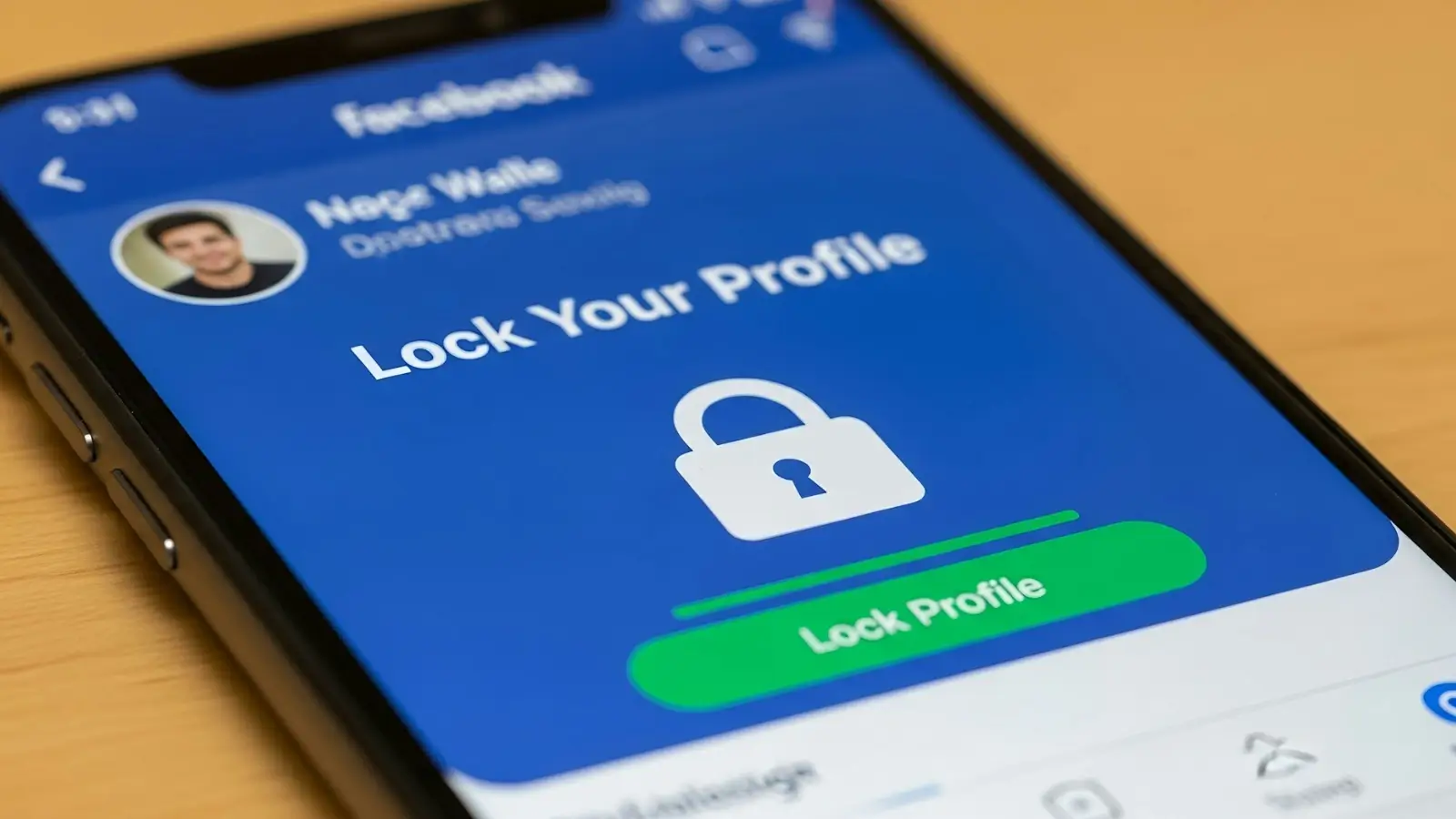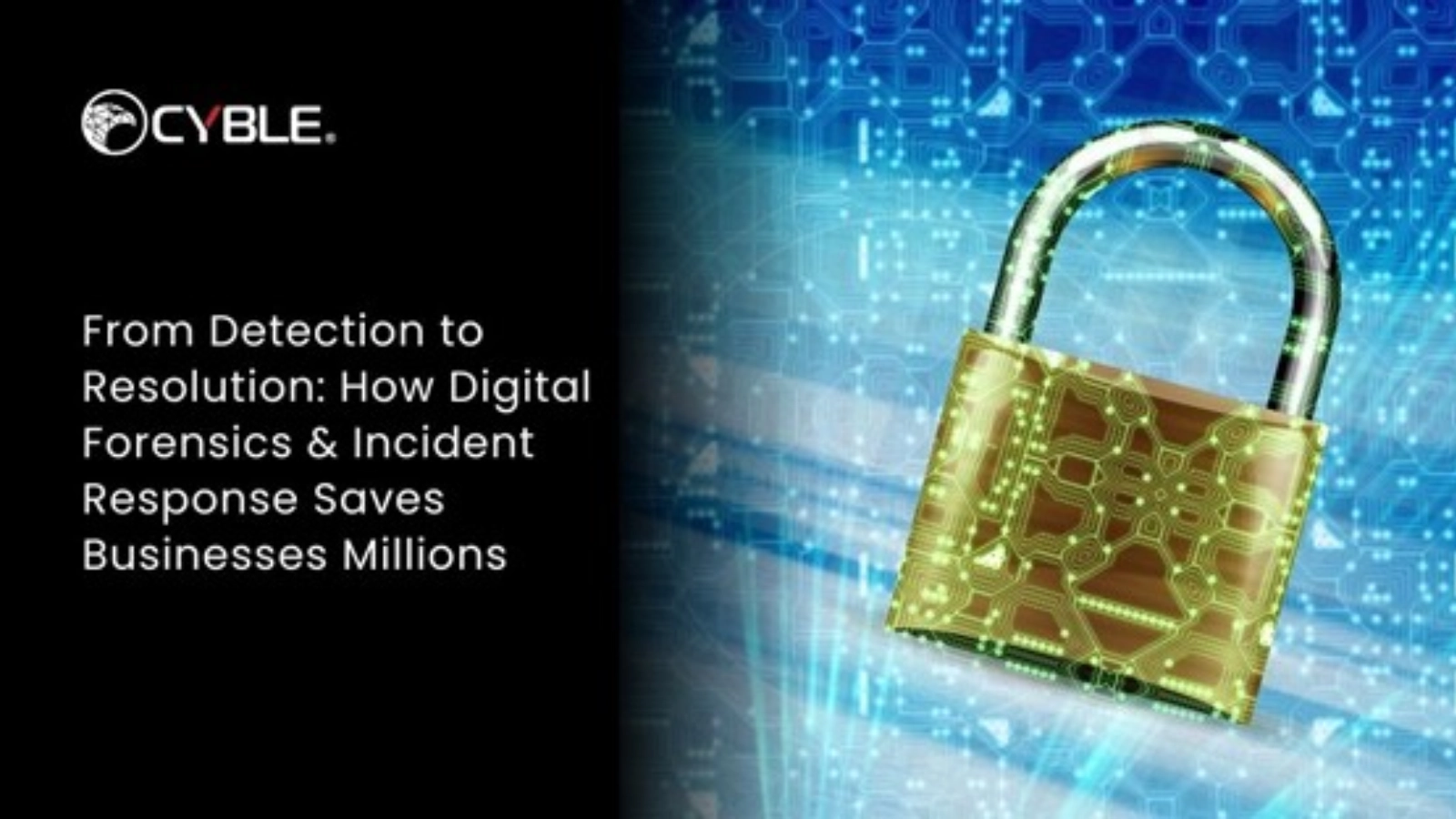Ransomware has grown to be one of the most concerning cybersecurity threats of recent years, and mobile devices are increasingly in the crosshairs. These indispensable tools of modern life—our smartphones and tablets—hold critical personal and professional data, making them lucrative targets for cybercriminals. Understanding the evolving threat landscape and implementing an effective anti-ransomware solution are no longer optional—they’re essential.
Exploring Mobile Ransomware and Its Effects
Mobile ransomware is a type of malicious software designed specifically to target mobile devices. Once installed, it locks users out of their device or encrypts data to demand a ransom, typically in cryptocurrency, in exchange for restoring access. This form of ransomware exploits vulnerabilities in mobile operating systems, apps, and even user behavior.
Unlike traditional ransomware attacks that primarily targeted desktops or enterprise systems, mobile ransomware is uniquely dangerous due to the hybrid role smartphones play in people's lives. Devices today store sensitive materials such as financial information, private conversations, and even medical records. For businesses, mobiles often serve as gateways to corporate email accounts, cloud services, and other infrastructure. A successful ransomware attack can render this vital ecosystem useless, causing downtime, financial losses, and profound disruptions.
Adding to the threat is the continued rise in the sheer number of devices in use. With an estimated 6.8 billion global smartphone users as of 2025, the attack surface has become extraordinarily vast, giving cybercriminals near-boundless opportunities.
The Dynamics Behind the Rise in Mobile Ransomware
To understand why mobile ransomware is escalating, you’ll need to examine its key drivers. The convergence of factors like mobile adoption, sometimes-neglected device security, and user habits contribute to this growing threat.
Many mobile users fail to apply regular security updates. Unlike the desktop ecosystem, phone manufacturers vary widely in how quickly and comprehensively they implement software patches for their devices. This delay creates windows of vulnerability for ransomware developers who actively exploit older, inadequately guarded systems.
Additionally, the popularity of mobile apps—both trusted and unvetted—provides attackers with fertile ground for exploitation. Apps downloaded from unregulated third-party stores are one of the most common carriers of ransomware. Users often assume all apps are safe and neglect to verify their sources, unwittingly installing malicious software.
Malicious links delivered through phishing—either via email, social media, or text messages—serve as another easy entry point. Many users are less vigilant on mobile devices compared to desktops, making them prone to clicking or downloading harmful content within seconds.
A Case Study in Mobile Ransomware Devastation
To grasp the real-world impact mobile ransomware can have, consider the example of a small healthcare provider targeted by this malicious software. The company relied on smartphones for everything from scheduling patients to accessing treatment histories. When attackers successfully installed a ransomware variant disguised as a routine software update, the practice was paralyzed for days. Employee phones encrypted all sensitive data with no backups available.
The attackers demanded $50,000 in Bitcoin for decryption keys. While the healthcare provider eventually paid the ransom, the damage extended well beyond the substantial financial loss. Patients lost trust in the provider's ability to safeguard their personal information, and the business relationship with key partners had to be rebuilt from scratch. Such examples underline the need for every individual and organization to prioritize mobile device security.
How to Protect Against Mobile Ransomware
Mitigating the risk of mobile ransomware is essential for securing both personal and enterprise data. An effective anti-ransomware solution integrates multiple layers of defense, tailored for the inherent vulnerabilities of mobile platforms.
a) Addressing User Behavior
At its core, protecting against mobile ransomware begins with informed users. Awareness is one of the most critical lines of defense. Individuals should be trained to identify phishing attempts and avoid downloading apps from questionable sources. Basic security hygiene—like verifying links before clicking—can drastically reduce potential exposure to ransomware.
Organizations should implement comprehensive cybersecurity training programs for all employees. The goal is not just to promote better habits but also to ensure that users recognize suspicious behavior and report it promptly, mitigating risks before they escalate.
b) Implementing Technical Safeguards
Robust technical protections can thwart many ransomware attempts. First and foremost, antivirus and anti-ransomware solutions designed for mobile devices are essential. These tools actively scan for and block malicious software, significantly lowering the odds of infection.
Encryption and secure access protocols also provide an additional layer of protection. Enabling full-disk encryption on devices and requiring strong passwords or biometric authentication can prevent ransomware from spreading even if it makes its way into your system.
One of the most impactful anti-ransomware solutions is automating regular software updates. Keeping devices—along with the apps running on them—up to date ensures the latest security patches are applied, closing loopholes that cybercriminals look to exploit.
c) Adopting Backup and Recovery Strategies
Even with the best preventive measures in place, no system is entirely immune to sophisticated attacks. This is why a solid backup and recovery strategy is indispensable. Regularly backing up mobile data to secure cloud services or offline storage ensures you retain access to critical information without complying with ransom demands.
Identify backup solutions specifically optimized for mobile devices, and ensure backups are encrypted and stored in redundant locations. Investing in these safeguards ultimately saves significant costs and stress in a worst-case scenario.
d) Securing Enterprise Mobility
For businesses, robust enterprise mobility management (EMM) platforms ensure both security and employee productivity. An advanced EMM system can enforce company-wide security policies—from encryption to remote wiping of compromised devices—helping businesses minimize exposure to ransomware.
Another critical aspect is deploying anti-ransomware solutions tailored for corporate environments. Enterprise-grade software often offers centralized monitoring and threat detection features, proactively stopping attacks from spreading across organizational networks.
Emerging Tools and Technologies to Counter Ransomware
The fight against mobile ransomware is dynamic, as both attackers and defenders leverage new technologies. Artificial intelligence (AI) and machine learning are among the latest tools helping anti-ransomware solutions stay ahead. AI-powered software can detect unusual behavior within apps almost instantly, stopping ransomware processes before they cause damage.
Integration of mobile threat defense (MTD) within EMM systems is also gaining traction. MTD solutions analyze data from real-time mobile activity to detect threats and alert users before actions result in harm. These technologies represent the cutting edge in mobile cybersecurity, bridging gaps where traditional firewalls fall short.
The Role of Collaboration in Fighting Mobile Ransomware
Successfully countering mobile ransomware requires collaboration, not just among developers of anti-ransomware solutions, but across industries and governments. Mobile operators, app developers, and cybersecurity experts must communicate openly about vulnerabilities and offer lasting, scalable fixes.
Similarly, governments and regulatory bodies must standardize regulations for mobile app marketplaces, ensuring that users worldwide are shielded from potentially malicious content. By making the distribution of ransomware more difficult, these measures reduce the likelihood of large-scale attacks.
Why a Multi-Faceted Approach is Vital
No single strategy is sufficient to combat the risks posed by mobile ransomware. The sheer variety of attack vectors highlights the need for layered, adaptable defenses. Combining proactive user education, cutting-edge technology, and industry collaboration delivers the most reliable protection.
For both individuals and organizations, investing in an anti-ransomware solution tailored to mobile security isn’t just a prudent choice—it’s a vital one. With ransomware tactics continuing to evolve, staying vigilant and adopting state-of-the-art safeguards is key to staying ahead.
Final Thoughts
Mobile ransomware poses a growing threat as devices become essential not only for personal use but also for conducting business. The consequences of an attack can be severe, from data compromise to financial losses. To stay safe, individuals and organizations must proactively defend their devices by integrating robust anti-ransomware solutions with vigilant security practices. By following the strategies outlined above, you can significantly reduce your risk and safeguard what's most important.

